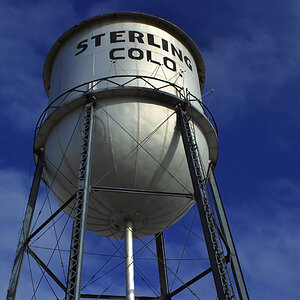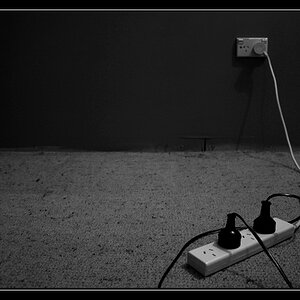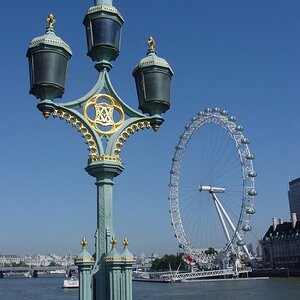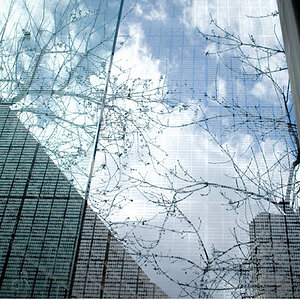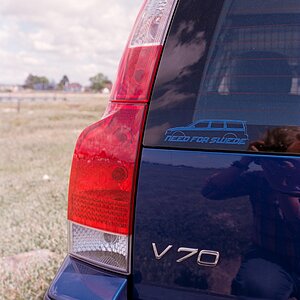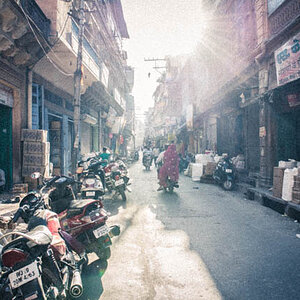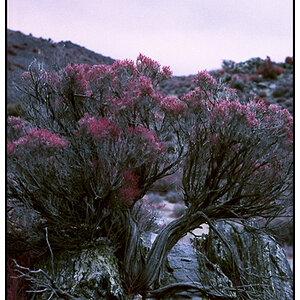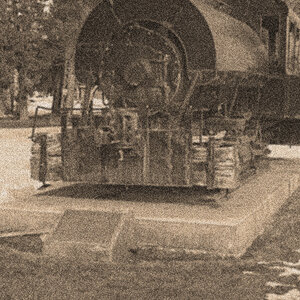- Joined
- Jul 6, 2017
- Messages
- 82
- Reaction score
- 25
- Can others edit my Photos
- Photos NOT OK to edit
Hello!
Between March-April I'll have my first ever paid shoot, it'll be an event or bal more specifically. Excited! They want me shooting actively between 16-22 (4PM - 10PM), so about a 6 hour shoot. During this time they expect me to my thing when they mingle, take group shots and some portraits. Pretty standard I assume. They don't want it edited, probably to save in some cash.
Afterwards they want access to the shots, of course, but what do you guys do with resolution?
Do you give them the RAW-files or smaller JPEGS? I assume the latter after some quick googling.
Do you however give them *all* of the shots taken?
I guess this leads me to pricing. Some people charge by the shot, some by hour, or so I've read.
Give me something to work with!
I'm leaning towards setting set sum for all of the work, offer x amount of pictures within that sum and if they want more shots they can add for additional ones.
Am I on to something here?
Man going from doing this as a hobby to something more serious is... Taxing. But fun!
Any help appreciated!
Between March-April I'll have my first ever paid shoot, it'll be an event or bal more specifically. Excited! They want me shooting actively between 16-22 (4PM - 10PM), so about a 6 hour shoot. During this time they expect me to my thing when they mingle, take group shots and some portraits. Pretty standard I assume. They don't want it edited, probably to save in some cash.
Afterwards they want access to the shots, of course, but what do you guys do with resolution?
Do you give them the RAW-files or smaller JPEGS? I assume the latter after some quick googling.
Do you however give them *all* of the shots taken?
I guess this leads me to pricing. Some people charge by the shot, some by hour, or so I've read.
Give me something to work with!
I'm leaning towards setting set sum for all of the work, offer x amount of pictures within that sum and if they want more shots they can add for additional ones.
Am I on to something here?
Man going from doing this as a hobby to something more serious is... Taxing. But fun!
Any help appreciated!


